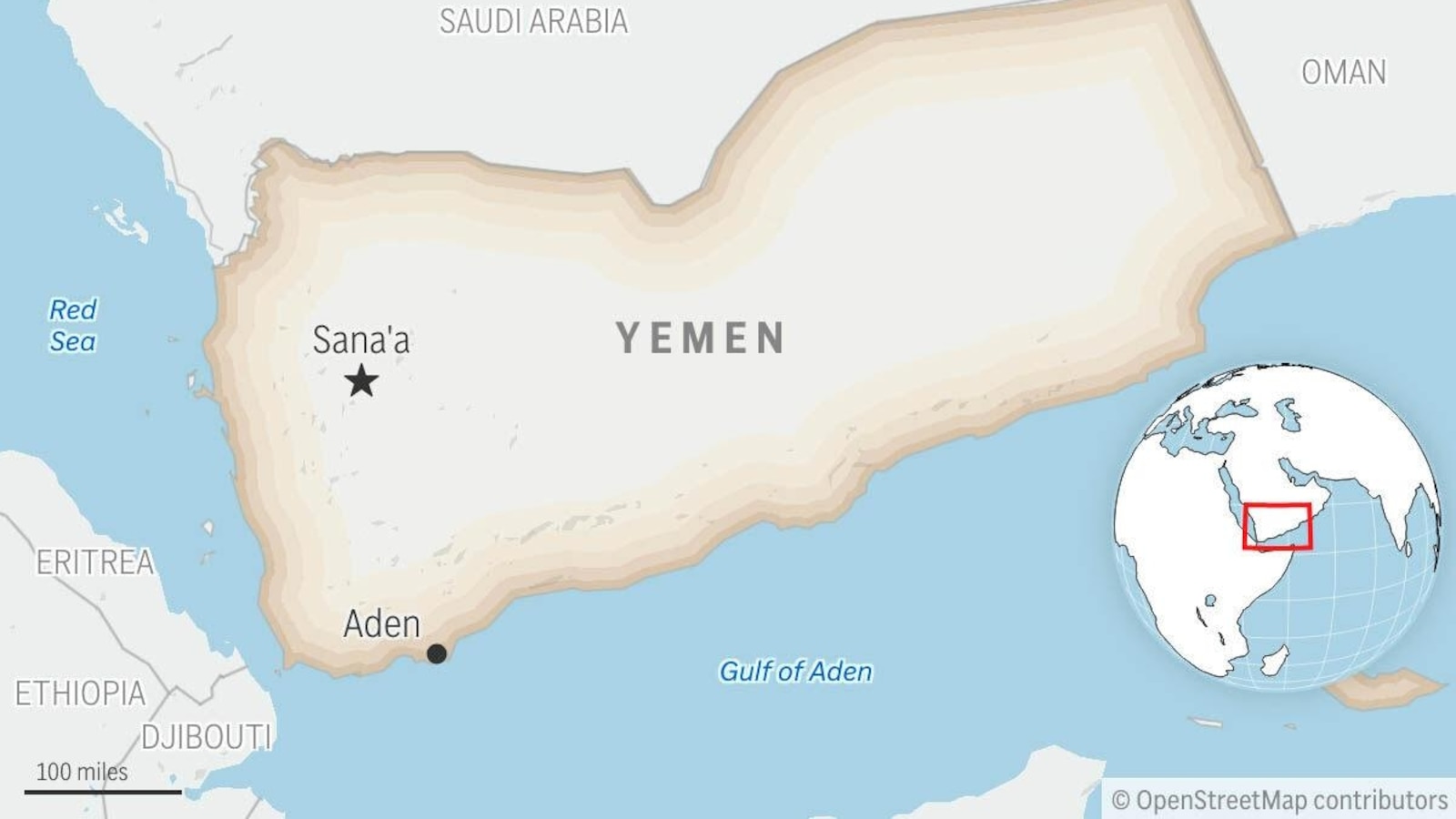Love what you read? Love that it was free?
Mission Local will never have a paywall. All our articles are free for everyone, always. Help us keep it that way — donate to our end-of-year fundraiser to…

Each week, Live Science highlights an intriguing case report from the medical literature, where we explore unusual symptoms, rarely seen diagnoses and out-of-the-box treatments. Through this “Diagnostic Dilemma” series, we describe how doctors…

HOMS, Syria — Hundreds of mourners gathered Saturday despite rain and cold outside of a mosque in the Syrian city of Homs where a bombing the day before killed eight people and wounded 18.
The crowd gathered next to the Imam Ali ibn Abi Talib…

CAIRO — The Saudi-led coalition in Yemen warned Saturday it would immediately respond to any military movements of separatists backed by the United Arab Emirates that undermine de-escalation efforts in the southern region of the country, as the…

Just before the Christmas holidays, I found a rare moment to pause and reflect while waiting to board a flight—an in-between space after the intensity of a demanding final semester at the Massachusetts Institute of Technology (MIT).
Over the…

Dhurandhar has emerged as one of the biggest blockbusters in Indian cinema in recent years. After a…
Saturday 27 Dec 2025
A new railway bridge being built at a strategic development site in Bowling, West Dunbartonshire, successfully glided into position yesterday, marking a major moment in the site’s transformation.
Work by Network Rail began in the summer with the excavation of more than 80,000 tonnes of material to create space for the new structure. Once the site was cleared, engineers cast the bridge on location using 1,860 tonnes of concrete – the same weight as around 34 million mince pies!
With this first phase complete, train services through the area were paused on Christmas Eve for an intense nine-day engineering sprint. The highlight came on Boxing Day, when the structure was carefully driven into its final position.
In the coming days, teams will focus on reinstatement – reconnecting track, signalling systems, and completing the work needed to safely reopen the railway on Friday, 2 January.
The £5.9m bridge is a key element of the Glasgow City Region Deal, a major investment programme designed to improve transport links, unlock economic growth, and support sustainable development in the area.
The new bridge will open up additional direct road access and enable the future development of the Bowling Strategic Development Site, led by West Dunbartonshire Council.
Laura Craig, scheme project manager at Network Rail Scotland, said: “Everything we’ve done over the past few months has led up to this moment. Building such a huge bridge on site and then moving it into position is an incredible task, and it’s been amazing to see the planning and teamwork come together so successfully.
“The festive period has been an intense time, with work continuing day and night to make sure the move happened safely and on schedule. Driving the bridge into place on Boxing Day is a fantastic achievement and it’s thanks to the dedication of everyone involved.”
Councillor David McBride, West Dunbartonshire Council’s Convener of Infrastructure, Regeneration and Economic Development, said: “This is a landmark moment in this major project and I am delighted to see such significant progress on the site.
“While there has been some disruption on the trains, this has been minimised by the work being carried out over the festive period and I thank local people for their patience.”
Train services between Dalmuir and Balloch/Helensburgh Central, and between Glasgow Queen Street and Crianlarich, will resume at the start of service on 2 January 2026.
Passengers are encouraged to check with their train operator or nationalrail.co.uk before travelling and follow @NetworkRailSCOT on X for the latest updates.
We own, operate and develop Britain’s railway infrastructure; that’s 20,000 miles of track, 30,000 bridges, tunnels and viaducts and the thousands of signals, level crossings and stations. We run 20 of the UK’s largest stations while all the others, over 2,500, are run by the country’s train operating companies.
Usually, there are almost five million journeys made in the UK and over 600 freight trains run on the network. People depend on Britain’s railway for their daily commute, to visit friends and loved ones and to get them home safe every day. Our role is to deliver a safe and reliable railway, so we carefully manage and deliver thousands of projects every year that form part of the multi-billion pound Railway Upgrade Plan, to grow and expand the nation’s railway network to respond to the tremendous growth and demand the railway has experienced – a doubling of passenger journeys over the past 20 years.
Follow us on Twitter: @networkrail
Visit our online newsroom: www.networkrailmediacentre.co.uk

Plaud’s new Plaud Note Pro is now available in Singapore, and it’s the first AI note-taker that lets humans guide the AI.
“We believe conversation is a form of intelligence,” said Nathan XU, Co-founder & CEO of Plaud….